Currently, google's API uses some user agent detection (a.k.a browser sniffing) to provide backwards compatibility (for browsers that don't support variable fonts).
Unfortunately, this doesn't work very well:
some Browsers like Opera (flawlessly supporting VF) will also receive static fonts.
Besides, the UI is not very helpful to get the correct URL including all design axes.
So you need to insert the correct range selector query parameters like so:
https://fonts.googleapis.com/css2?family= +
Inter +
: + slnt + , + wght (design axis names)+
@ + -10..0 + , + 100..900 (design axis range values)
Workaround: Copy the variable @font-face rules manually
Open the API URL in firefox:
https://fonts.googleapis.com/css2?family=Roboto+Flex:opsz,slnt,wdth,wght,GRAD,XTRA,YOPQ,YTAS,YTDE,YTFI,YTLC,YTUC@8..144,-10..0,25..151,100..1000,-200..150,323..603,25..135,649..854,-305..-98,560..788,416..570,528..760
Copy the returned rules in your css file:
/* latin */
@font-face {
font-family: 'Roboto Flex';
font-style: oblique 0deg 10deg;
font-weight: 100 1000;
font-stretch: 25% 151%;
src: url(https://fonts.gstatic.com/s/robotoflex/v9/NaPccZLOBv5T3oB7Cb4i0zu6RME.woff2) format('woff2');
unicode-range: U+0000-00FF, U+0131, U+0152-0153, U+02BB-02BC, U+02C6, U+02DA, U+02DC, U+2000-206F, U+2074, U+20AC, U+2122, U+2191, U+2193, U+2212, U+2215, U+FEFF, U+FFFD;
}
slider_weight.addEventListener("input", function() {
var axisValue = slider_weight.value;
testarea.style.fontWeight = axisValue;
value_weight.innerText = axisValue;
});
slider_width.addEventListener("input", function() {
var axisValue2 = slider_width.value;
testarea.style.fontStretch = axisValue2 + '%';
value_width.innerText = axisValue2;
});
@font-face {
font-family: 'Roboto Flex';
font-style: normal;
font-weight: 100 1000;
font-stretch: 0% 200%;
src: url(https://fonts.gstatic.com/s/robotoflex/v9/NaNeepOXO_NexZs0b5QrzlOHb8wCikXpYqmZsWI-__OGfttPZktqc2VdZ80KvCLZaPcSBZtOx2MifRuWR28sPJtUMbsFEK6cRrleUx9Xgbm3WLHa_F4Ep4Fm0PN19Ik5Dntczx0wZGzhPlL1YNMYKbv9_1IQXOw7AiUJVXpRJ6cXW4O8TNGoXjC79QRyaLshNDUf9-EmFw.woff2) format('woff2');
}
html {
font-family: 'Roboto Flex';
}
.w100 {
font-weight: 100
}
.w400 {
font-weight: 400
}
.w1000 {
font-weight: 1000
}
#testarea {
font-size: 2em;
transition: 0.5s;
font-weight: 100;
font-stretch: 0%;
}
<h1 class="w100">Roboto 100</h1>
<h1 class="w400">Roboto 400</h1>
<h1 class="w1000">Roboto 1000</h1>
<p id="testarea" contenteditable="true">Type something ...</p>
<label for="slider_weight">Weight</label>
<input type="range" id="slider_weight" name="slider" value="100" min="100" max="1000" step="10">
<span id="value_weight">100</span>
<br>
<label for="slider_width">Width</label>
<input type="range" id="slider_width" name="slider" value="0" min="0" max="200" step="1">
<span id="value_width">0</span>
Further reading: Getting Variable Fonts from Google Fonts



